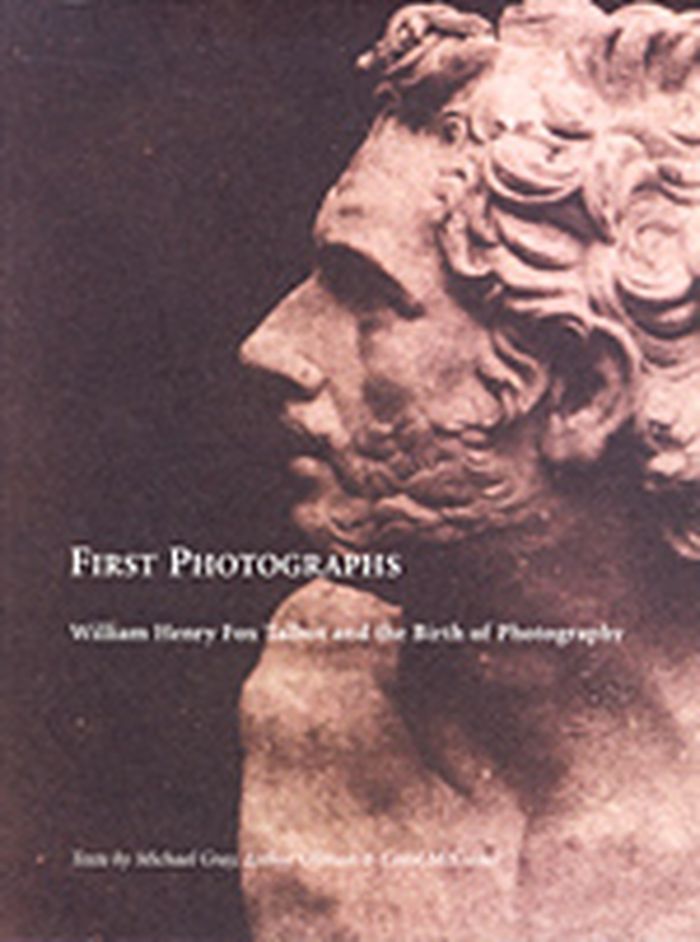$72.00
(available to order)
Summary:
"First photographs" is an extraordinary view into the origins of photography. This monograph includes many hitherto unpublished images of landscapes, architectural studies, and portraits from Talbot’s personal archive and selections from his detailed research notebooks made during the 1830s and 1840s and currently housed at Lacock Abbey in England. A gentleman and an(...)
Photography monographs
October 2002, New York
First photographs : William Henry Fox Talbot and the birth of photography
Actions:
Price:
$72.00
(available to order)
Summary:
"First photographs" is an extraordinary view into the origins of photography. This monograph includes many hitherto unpublished images of landscapes, architectural studies, and portraits from Talbot’s personal archive and selections from his detailed research notebooks made during the 1830s and 1840s and currently housed at Lacock Abbey in England. A gentleman and an intellectual, Talbot was a great student of the Arts and Sciences and kept detailed notes of his activities and experiments. He discovered the negative/positive paper process which made multiple reproductions of a single image possible, and which distinguished it from its contemporary, the one-of-a-kind daguerreotype. Talbot first announced his invention to the public in 1839 in his paper “An account of the art of photogenic drawing or the process by which natural objects may be made to delineate themselves without the aid of the artist’s pencil”. The work he did during this time established in principle and in practice the foundation of modern photography—the basis of the process that is still used today. In addition to Talbot’s technological contributions, his photographs represent exceptional artistic achievement. "First photographs" includes a significant text by Michael Gray, who provides a comprehensive essay, biography, and timeline of Talbot’s life and revolutionary work. Arthur Ollman, gives an in-depth analysis of the aesthetic and social significance of Talbot’s first image, the “Oriel window.” Curator Carol McCusker considers how the Romantic Movement and the women of the Lacock household influenced Talbot’s aesthetic choices. "First photographs" and the accompanying exhibition provide a rare opportunity for contemporary audiences to experience these uncommon images and the personal, cultural, and scientific contexts in which they were made.
Photography monographs
